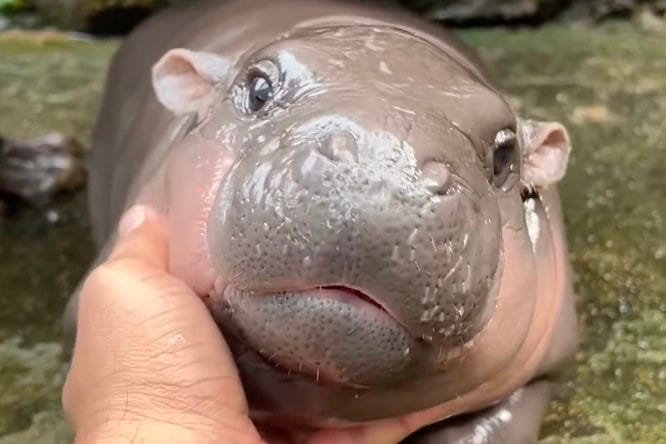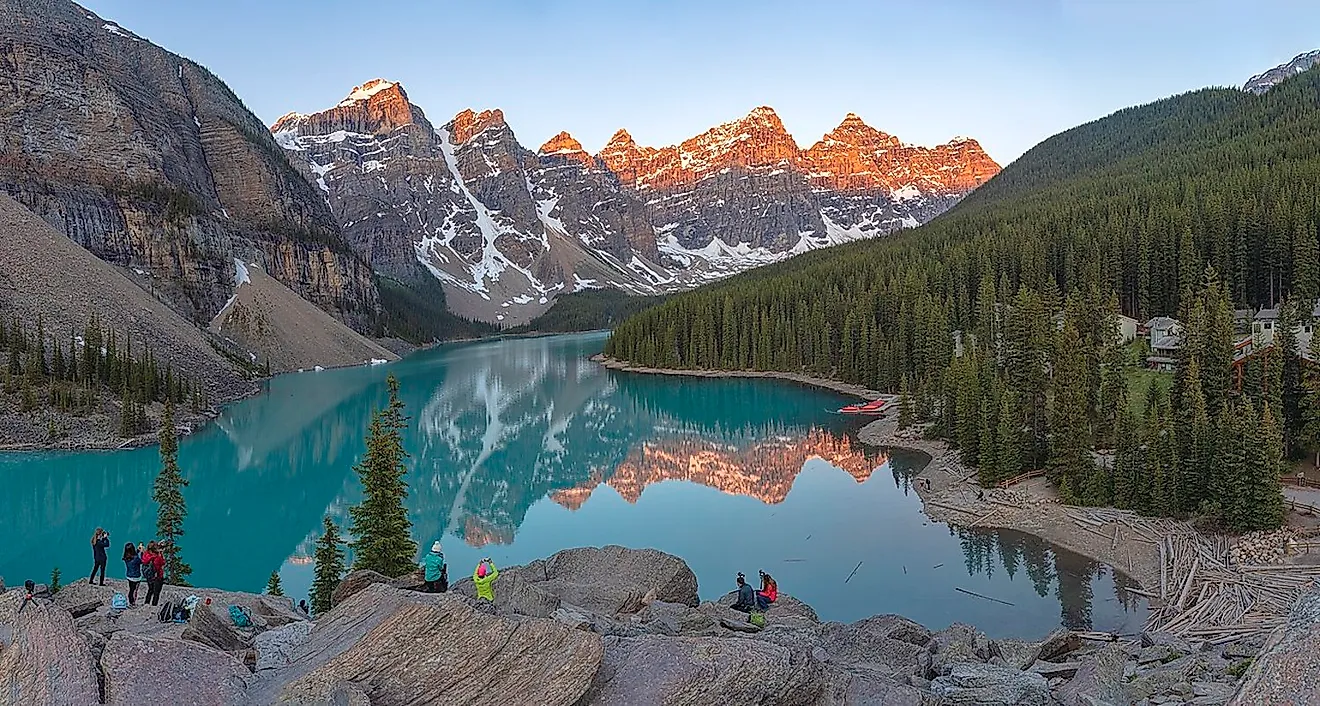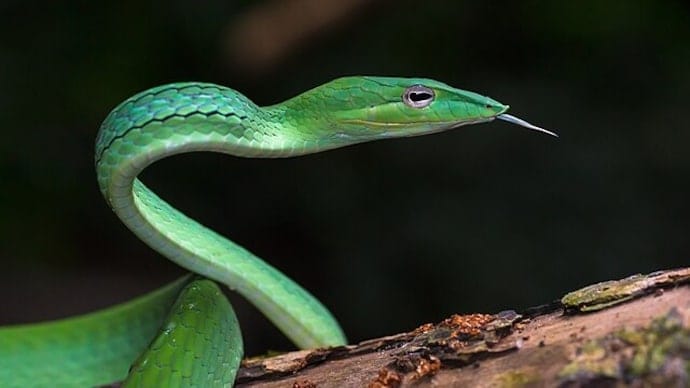Surge in Black Bear Encounters - Understanding the Rise in Sightings
/https://static.texastribune.org/media/images/AmericanBlackBear.jpg)
Introduction to the Rise in Black Bear Sightings
Black bear encounters are surging in 18 states, with recent sightings in California, Texas, and other regions. This alarming trend has sparked concerns among wildlife experts, conservationists, and the general public. As the number of sightings continues to rise, it's essential to understand the underlying factors contributing to this increase and the implications for human-bear conflicts.
Understanding the Surge in Black Bear Sightings
The recent surge in black bear sightings can be attributed to various factors, including:
- Habitat expansion and fragmentation, leading to increased encounters between humans and bears
- Climate change, which affects food availability and quality, forcing bears to venture into new areas in search of sustenance
- Human activities, such as urbanization and agriculture, encroaching on bear habitats and creating attractants like food and trash
Implications for Human-Bear Conflicts
The rise in black bear sightings has significant implications for human-bear conflicts, including:
- Increased risk of property damage and crop losses
- Potential threats to human safety, particularly in areas with high bear activity
- Need for effective conservation strategies to mitigate conflicts and ensure coexistence
The Way Forward
To address the surge in black bear sightings and mitigate human-bear conflicts, it's crucial to implement effective conservation strategies, including:
- Habitat preservation and restoration
- Education and outreach programs for the public
- Regulated hunting and population management
- Secure waste management and removal of attractants
Understanding Black Bear Behavior and Habitat
Black bears are highly adaptable and can be found in various habitats, including forests, mountains, and even urban areas. This adaptability is a key factor in their increasing encounters with humans.
Habitat and Distribution
Black bears are widely distributed across North America, and their habitat ranges from dense forests to mountainous regions. They are also found in urban areas, where they can easily access food sources such as trash cans and pet food.
Diet and Foraging
Their diet consists of plants, insects, honey, and small animals, making them opportunistic omnivores. This diverse diet allows them to thrive in various environments, increasing the likelihood of encounters with humans.
Behavior and Interaction with Humans
Black bears are generally shy and avoid confrontations with humans. However, when they feel threatened or when they perceive humans as a threat to their young, they can become aggressive. Understanding their behavior and body language is crucial in preventing encounters from turning dangerous.
Factors Contributing to the Increase in Black Bear Sightings
Habitat Fragmentation and Human Encroachment
Habitat fragmentation and human encroachment into bear habitats have emerged as significant factors contributing to the surge in black bear encounters. As natural habitats are divided and disrupted due to urbanization, deforestation, and infrastructure development, bears are forced to venture into human-dominated landscapes in search of food, shelter, and mates. This encroachment leads to increased encounters between humans and bears, often resulting in conflicts.
Climate Change and Food Scarcity
Climate change and food scarcity may also be driving bears to venture into human-dominated landscapes. Changes in temperature and precipitation patterns alter the availability of natural food sources, such as berries, nuts, and insects, forcing bears to seek alternative sources of nutrition. As bears adapt to these changes, they may increasingly encroach upon human settlements, agricultural lands, and waste disposal sites, leading to a rise in sightings and encounters.
Coexisting with Black Bears: Strategies for Conflict Prevention
Effective Waste Management and Secure Food Storage
Proper waste management and secure food storage are essential measures to prevent human-bear conflicts. Black bears are attracted to easily accessible food sources, such as trash cans and pet food left outdoors. By securing these attractants, individuals can significantly reduce the likelihood of encounters with bears. This includes using bear-proof trash cans, storing pet food and bird seed in secure containers, and keeping a clean and tidy living environment.
Awareness Campaigns and Education
Awareness campaigns and education on bear behavior and habitat conservation are crucial for promoting peaceful coexistence. By understanding the habits and habitats of black bears, individuals can take proactive steps to avoid encounters. This includes recognizing signs of bear activity, such as tracks or scat, and knowing how to react during a bear encounter. Education and awareness can also foster a sense of respect and appreciation for these magnificent creatures, encouraging individuals to take action to protect and conserve their habitats.
Conservation Efforts and Community Involvement
Community involvement and conservation efforts are vital for protecting black bear habitats and preventing human-bear conflicts. By working together, individuals can support initiatives that protect and restore natural habitats, promote sustainable land-use practices, and advocate for bear-friendly policies. This collective approach can help ensure the long-term survival of black bears and promote a harmonious coexistence between humans and bears.
Conclusion: The Need for Effective Black Bear Conservation
The recent surge in black bear encounters and sightings has brought to the forefront the urgent need for effective conservation strategies and human-bear conflict mitigation. As we've explored the various factors contributing to this rise, it's clear that preserving black bears and their habitats requires a multifaceted approach.
Understanding Black Bear Behavior and Habitat
By delving into the world of black bears, we've gained insight into their behavior, habitat, and needs. This knowledge is crucial in developing effective conservation plans that prioritize the well-being of both humans and bears. By preserving natural habitats, reducing human-bear conflicts, and promoting coexistence, we can ensure the long-term survival of these incredible animals.
A Call to Action
The time to act is now. It's essential to implement and support conservation initiatives that address the root causes of human-bear conflicts. By working together, we can create a future where black bears thrive in their natural habitats, and humans can appreciate these amazing creatures from a safe distance.







:max_bytes(150000):strip_icc()/rainwater-harvesting-system-isometric-diagram-1201105579-34cb7b27492f42c387b89fd903a16ba4.jpg)










Comments ()